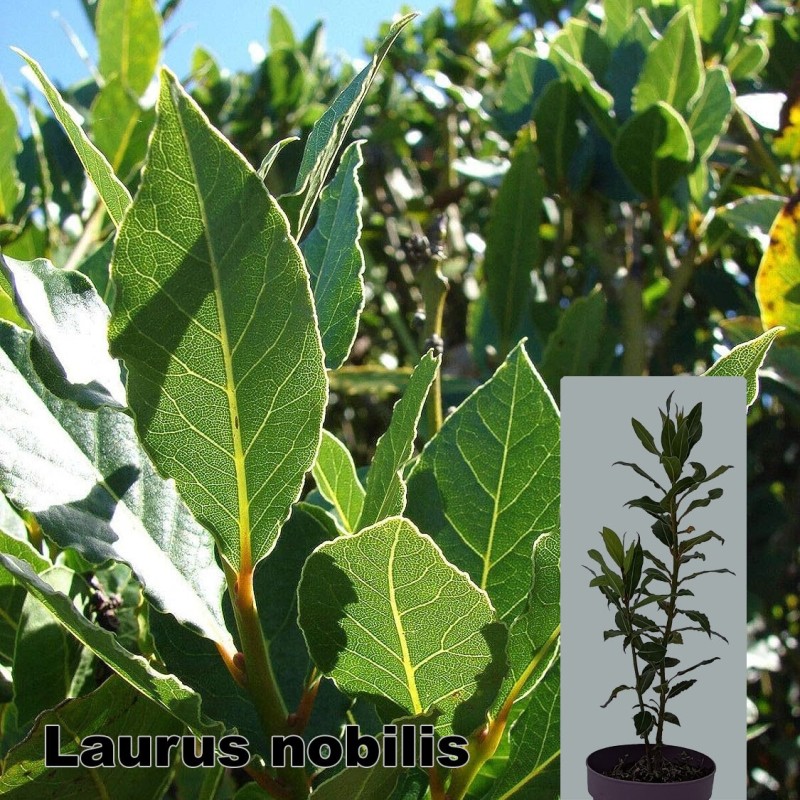Laurus nobilis is an aromatic evergreen tree or large shrub with green, glabrous (smooth) leaves. It is in the flowering plant family Lauraceae. According to Muer, Jahn, & Sauerbier, the stem can be 1 metre in diameter and the tree can be as high as 20 metres . It is native to the Mediterranean region and is used as bay leaf for seasoning in cooking. Its common names include bay tree (esp. United Kingdom), bay laurel, sweet bay, true laurel, Grecian laurel, or simply laurel. Laurus nobilis figures prominently in classical Greco-Roman culture. Worldwide, many other kinds of plants in diverse families are also called bay or laurel, generally due to similarity of foliage or aroma to Laurus nobilis.

